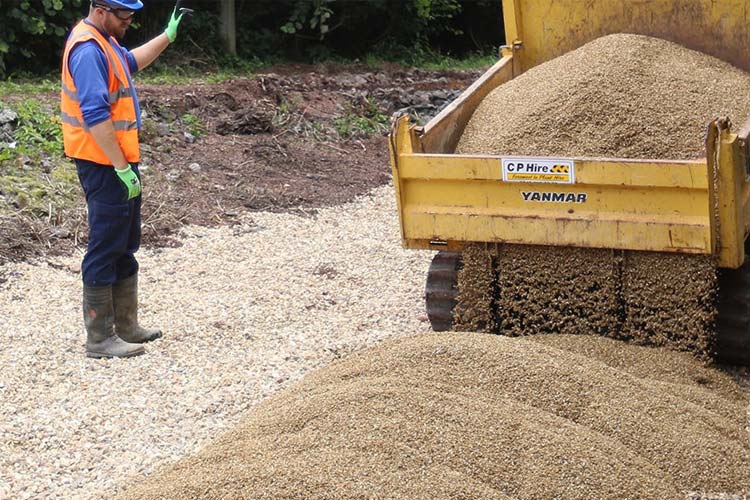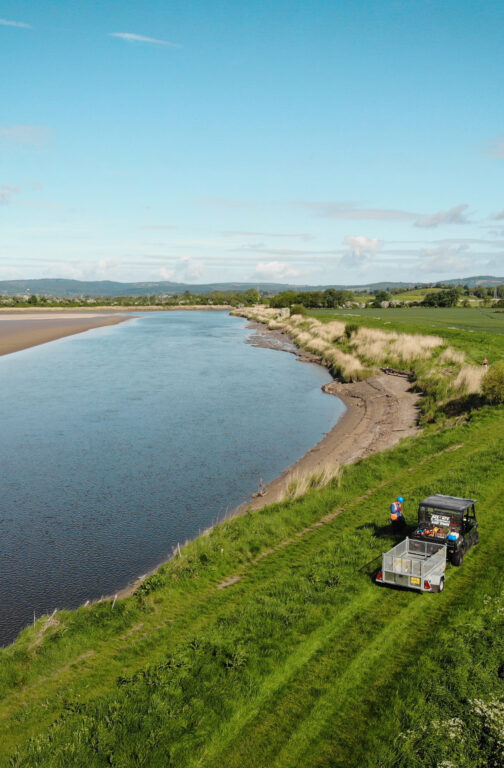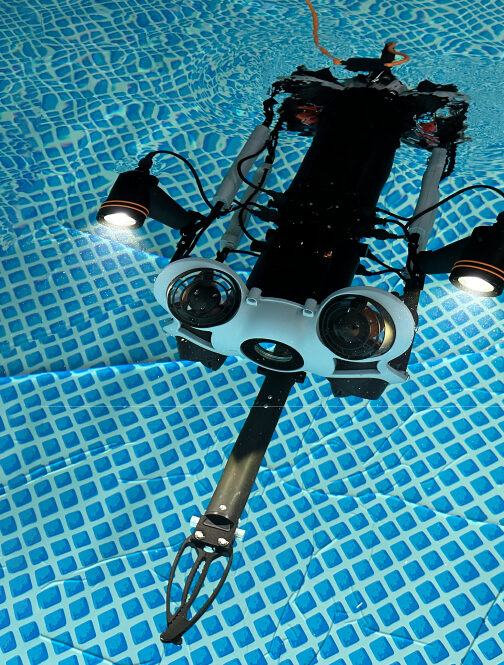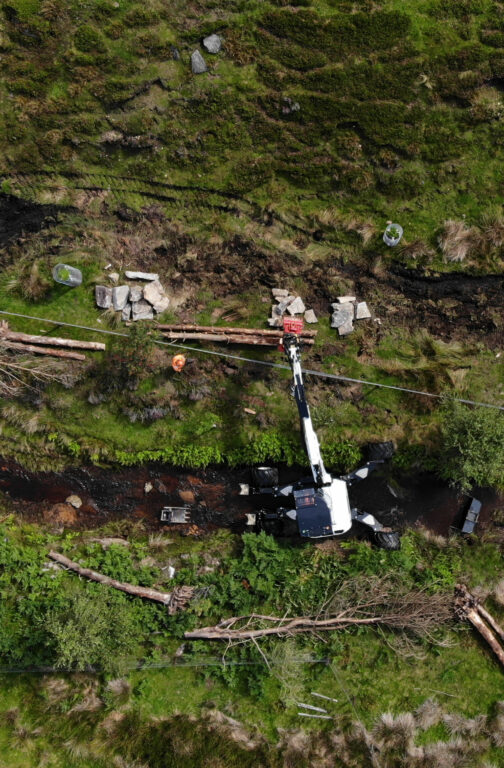Stonbury is excited to operate at the forefront of the water industry’s ambitious net-zero carbon future by offering green engineering solutions as an alternative to traditional grey box methods.
The water industry has made an ambitious pledge to achieve net-zero carbon by 2030 and therefore there is an increasing demand to deliver low carbon, low cost and environment enhancing schemes in addition to maintaining the control measures necessary to achieve regulator’s discharge consents within water treatment processes.
In future, all engineers will be expected to use the carbon reduction curve to assess their intended projects and test their viability for carbon reduction, and Stonbury is proud to have been implementing this procedure to drive innovative approaches to reduce CO2 production at all stages of the water treatment process.
In addition to ‘Build Nothing’ which reduces carbon output by one hundred per cent, and ‘Build Less’, which focuses on maximising the use of existing assets through maintenance and refurbishment, Stonbury is also pleased to have experience of green engineering as part of their ‘Build Clever’ low-carbon build designs.
Constructed wetlands such as reed beds offer an effective and relatively low-cost green solution for the removal of phosphorous and other functions in the treatment of effluent streams, and are an effective alternative, especially for smaller works with a population equivalent of fewer than two thousand. Although they require larger areas of land than traditional treatment designs, their construction is simple; requiring only earthworks, lining, and inlet and outlet pipework, as opposed to concrete tanks and hard standings.
Reed beds reduce carbon in the build phase, as excavated material can be banked; removing the need to export soil from site, and the imported gravel has a considerably lower level of embedded carbon than concrete. In addition, the ongoing operation remains lower carbon and lower cost, as the distribution and draw off pipework is usually arranged so that the process operates through gravity and without the need for chemical additives.
Reed beds are typically designed to deliver the required effluent quality when they are at their lowest performance – when it is cold with short daylight hours – so their footprint is much larger than is required when weather variations dictate greater productivity and growth; specifically during warm and sunny months. Over time, they provide effective carbon sequestration and contribute to overall zero net carbon within the industry. They also provide wider environmental benefits such as habitat for wildfowl and in some cases flood resilience within the catchment.
Historically, reed beds have been seen as a ‘fit and forget’ part of the treatment stream, and although they are low maintenance, Stonbury understands that this does not mean ‘no maintenance’. Stonbury’s previous experience in reed bed management and refurbishment ensures that they are well-equipped to maintain long-lasting biological systems and advocate an annual maintenance regime to remove senesced organic material and repair pipework to ensure continued functionality and efficacy of the process.
As industry leaders in extending asset life techniques and providing lower-carbon alternatives within conventional builds, Stonbury is already making a difference to the water industry’s carbon production and are proud to promote reed beds and other soft engineering methods as part of their green engineering strategy to reduce costs, protect and enhance the environment, and play an active role in reducing the impact of the climate crisis.




